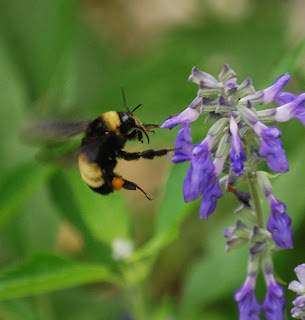Search This Blog
Questions about insects, spiders, scorpions or other creepy crawlers? Tune into this blog to learn about what's buggin' you!
Posts
Showing posts from August, 2017
Insect of the Month: Robber Fly....Bee, Fly, Bee Fly or Weird Fly? What is this?
- Get link
- X
- Other Apps

